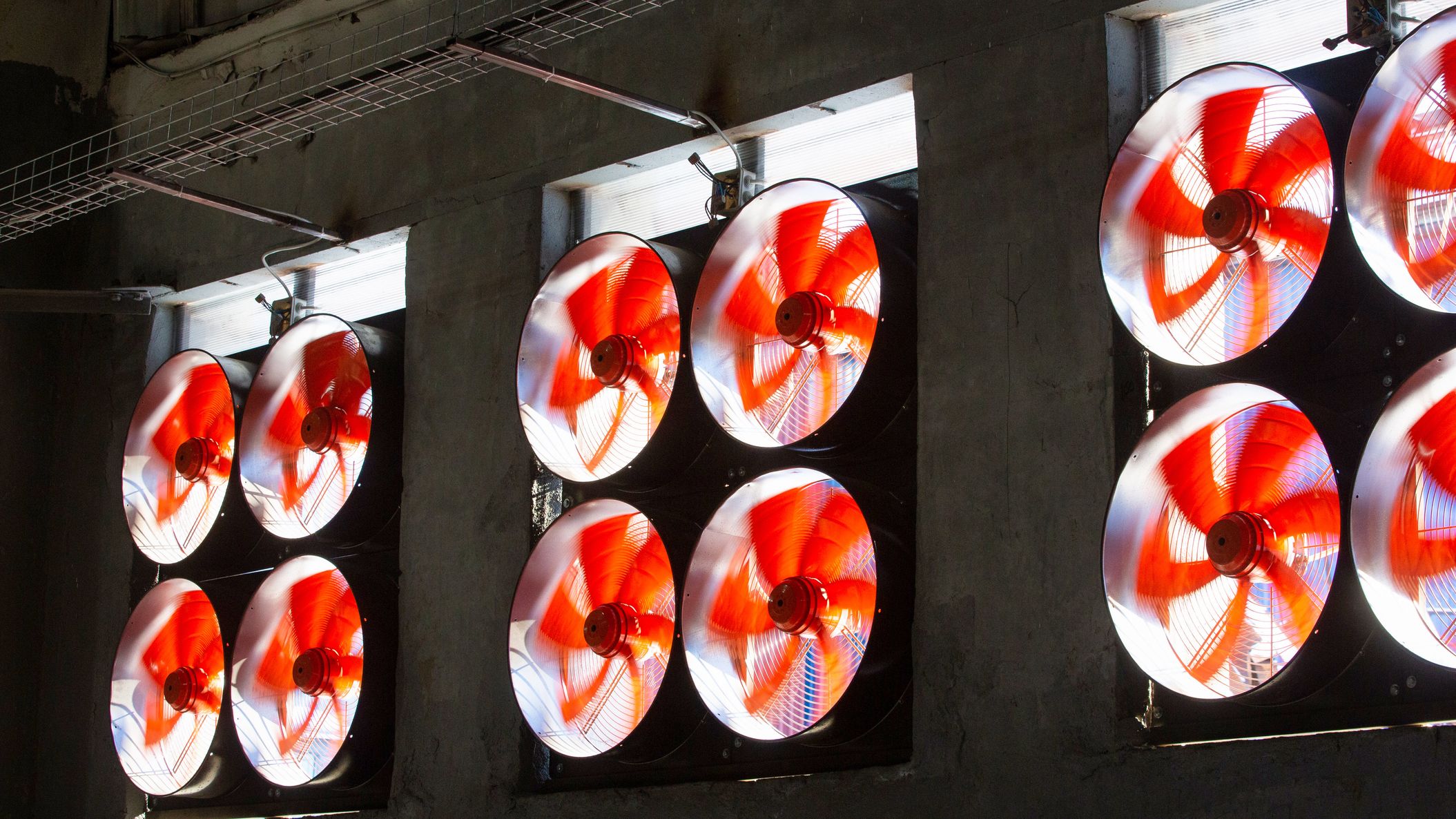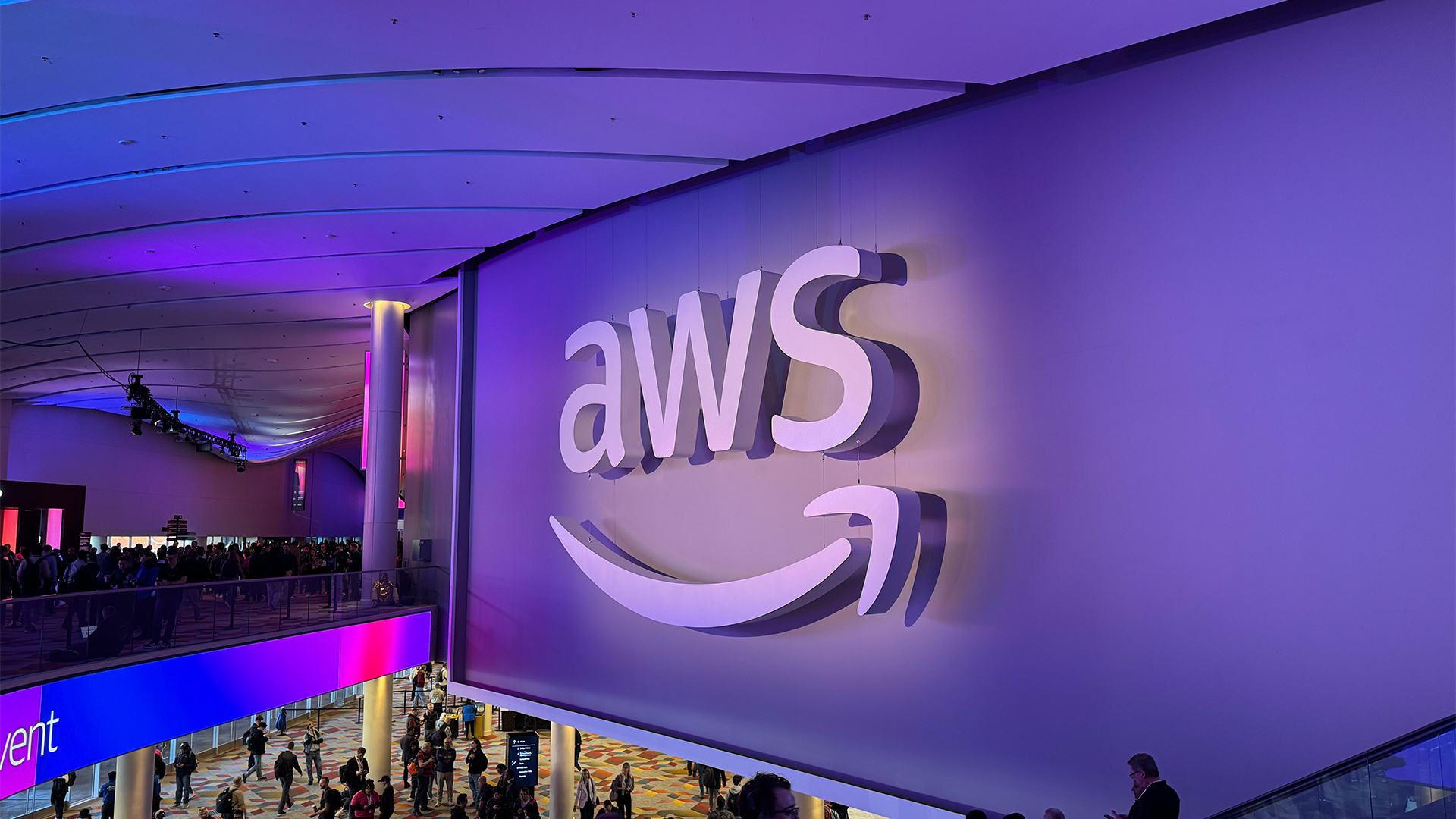Virgin Media O2 cuts data center cooling costs by £1 million per year
Through a deal with AI solution provider EkkoSense, the company is optimizing its cooling systems and cutting its carbon emissions


Virgin Media O2 (VMO2) has cut the amount of energy needed to cool its data centers by 15% – the equivalent of 760 tons of carbon dioxide emissions, based on location-based scope 2 accounting.
The reductions were achieved through a partnership with AI-powered data center optimization software supplier EkkoSense, which specializes in real-time overviews of thermal, power and capacity performance.
Together, the firms analyzed data from 20 of the company's UK data center sites and identified processes ripe for be improval. The resulting efficiency gains, it says, have saved it more than £1 million ($1.32 million) per year.
The company says that, as part of its Better Connections Plan, it's aiming to achieve net zero carbon emissions across its entire value chain – including operations, products and supply chain - by the end of 2040. It plans to cut 20 million tonnes of CO2 from entering Earth’s atmosphere by 2025.
"In partnership with EkkoSense, we’ve optimized our data centers so they operate efficiently, using real-time data so we can make airflow and cooling improvements, resulting in significant cooling energy savings," said Adrian Lazenby, head of technical site engineering and delivery at Virgin Media O2.
The EkkoSense solution relies on data from Internet of Things (IoT) sensors, with thousands of data points collected every five minutes. A continuously refined machine learning (ML) algorithm then analyzes this data to provide AI analytics, 3D visualization, and digital twin capabilities.
"Having access to this level of real-time insight means that Virgin Media O2’s operations team are able to track how their data centers are performing from a cooling, power, and capacity perspective," said Dean Boyle, EkkoSense’s CEO. "They are also able to identify further energy optimization opportunities in terms of cooling energy usage and overall savings."
Sign up today and you will receive a free copy of our Future Focus 2025 report - the leading guidance on AI, cybersecurity and other IT challenges as per 700+ senior executives
AI is a double-edged sword for data centers
AI has been used to optimize cooling for some time in the industry. As far back as 2016, Google reported that it had used its DeepMind to cut its data center cooling bill by 40%. Algorithms can dynamically adjust cooling based on real-time variables such as workload, ambient temperature power, pump speeds, and other factors.
However, despite various efficiency improvements, the energy consumption of data centers is fast becoming a critical issue. Recent research from Goldman Sachs indicates that data centers worldwide currently consume between 1% and 2% of overall power – and that this figure is likely to rise to between 3% and 4% by the end of the decade. Meanwhile, says the firm, the carbon dioxide emissions of data centers could more than double between 2022 and 2030.
While some AI innovations will boost computing speed faster than electricity use, efficiency gains have largely tailed off, it says. Green data centers, which use renewable energy and more sustainable hardware, can help but aren’t a silver bullet for this rising demand.
"Conversations with technology companies indicate continued confidence in driving down energy intensity but less confidence in meeting absolute emissions forecasts on account of rising demand," the analysts wrote.
The nonprofit Electric Power Research Institute (EPRI) has separately warned US data center power consumption could double by 2030, by which point 9% of US power supply would be consumed by the sites.
Aside from the logistical problems associated with such a disproportionate draw on the grid, data center energy consumption will drive up carbon emissions. Both Google and Microsoft consumed record amounts of electricity in 2023, feeding directly into a rise in Microsoft’s emissions and a sharper uptick in Google emissions, with the company reporting a 48% increase compared to 2019 – the year it pledged to be net zero by 2030.
Emma Woollacott is a freelance journalist writing for publications including the BBC, Private Eye, Forbes, Raconteur and specialist technology titles.
-
 AWS just quietly increased EC2 Capacity Block prices – here's what you need to know
AWS just quietly increased EC2 Capacity Block prices – here's what you need to knowNews The AWS price increases mean booking GPU capacity in advance just got more expensive
-
 Accenture acquires Faculty, poaches CEO in bid to drive client AI adoption
Accenture acquires Faculty, poaches CEO in bid to drive client AI adoptionNews The Faculty acquisition will help Accenture streamline AI adoption processes
